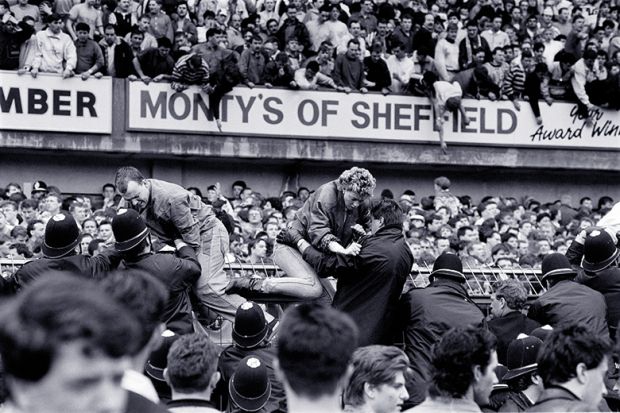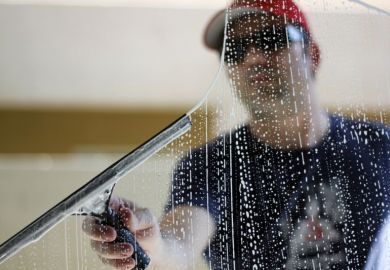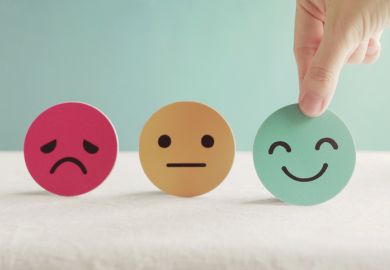Twenty-eight years ago, I saw some photographs that have been etched on my mind ever since. I was working on a newspaper sports desk during the weekend of the Hillsborough disaster. The images showed people dying as they were crushed behind the metal fences that penned in football fans. After much discussion, the paper published the photos. The rationale – later backed by the then Press Complaints Commission – was that these images needed to be seen.
Many of the American editors, picture editors and photographers in Death Makes the News would disagree. Jessica Fishman’s interviews with industry practitioners show that many think that death images either shouldn’t be the main focus or are distasteful. The book’s primary research is based on these recent interviews, along with photos from four major US papers between 1975 and 2005 (although newer case studies are discussed in the text).
To cut to the chase, broadsheets are more likely than tabloids to publish corpse photos. There may be fancy footwork with picture size, camera angles and cropping, alongside the strategic blurring of parts of images. One photo editor robustly insists that people can choose whether they read a story, yet have no choice but to see a photo.
The industry interviews are valuable, but often appear to be unchallenged. You need to be an assiduous reader of endnotes, as information that should be in the main text is squirrelled away in them, most vitally the methodology. Perhaps the book’s biggest weakness is the lack of theoretical underpinning. Generations of journalism students have had Johan Galtung and Mari Ruge’s work on “news values” drilled into them, alongside Tony Harcup and Deirdre O’Neill’s recent updates. Their 12 factors help define “newsworthiness”. Given industry professionals’ tendencies to make gnomic proclamations on why they make the choices that they do, it’s an unfortunate omission that Fishman never addresses this literature. And why, given that she’s a behavioural and social scientist, she merely quotes an American Baptist pastor on media ethics, and The New Yorker on bias, given how much academic scholarship there is in those fields, is beyond me. My eyes rolled wildly when the only definition of “tabloids” is taken from Wikipedia.
The book pinpoints political pressures affecting news choices, particularly when it comes to wartime censorship, but could usefully have carried more debate on how post-mortem images may help the push for social change (there’s a very brief reference to Black Lives Matter) or mark historical horrors. Fishman raises the issues of newspapers’ moral obligation and readers’ needing to know, as with the image of the dead Syrian toddler on a beach. She also discusses the photos of the young Indian girls who were raped and hanged from trees, where the parents wanted the photos used. “There is no consensus about whether photographs in this case proved harmful,” she says. As I’d write on student work: how are you going to prove either benefit or harm?
Death Makes the News is a fascinating, if flawed, book that sets the stage for wider debate. As I write, a death crash in central Birmingham is being reported on the news, and passers-by are being criticised for photographing and videoing the incident. Amateurs and citizen journalists may well post online where newspapers fear to tread.
Sharon Wheeler is senior lecturer in journalism and public relations at the University of the West of England, Bristol, and author of Feature Writing for Journalists (2009) and co-editor of The Journalistic Imagination: Literary Journalists from Defoe to Capote and Carter (2007).
Death Makes the News: How the Media Censor and Display the Dead
By Jessica M. Fishman
New York University Press , 336pp, £71.00 and £23.99
ISBN 9780814770757 and 60451
Published 21 November 2017
后记
Print headline: To see or not to see?




